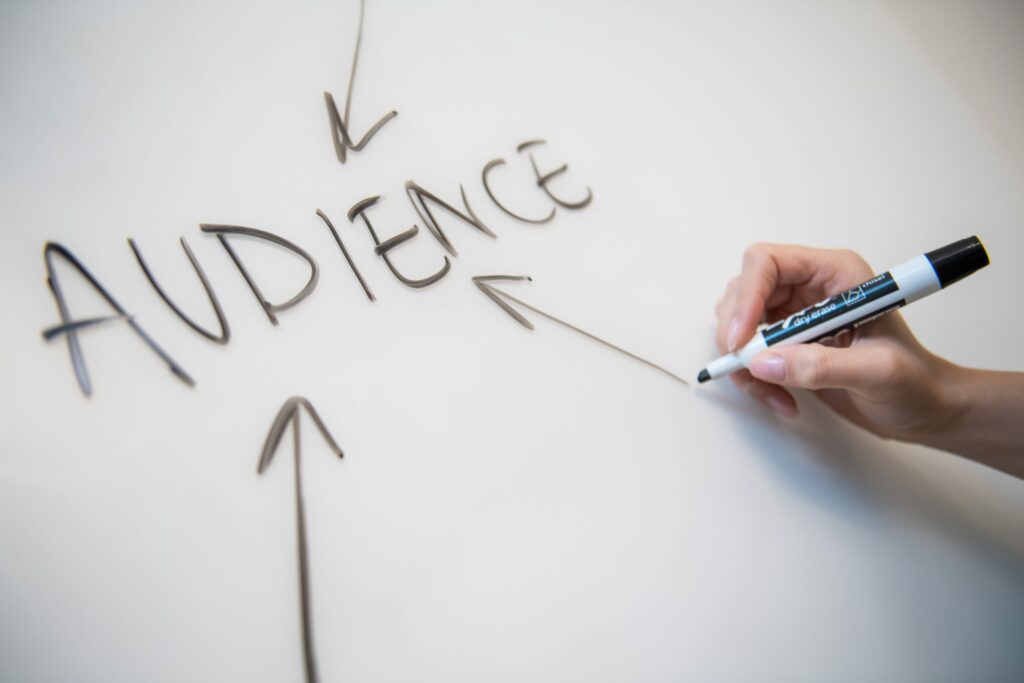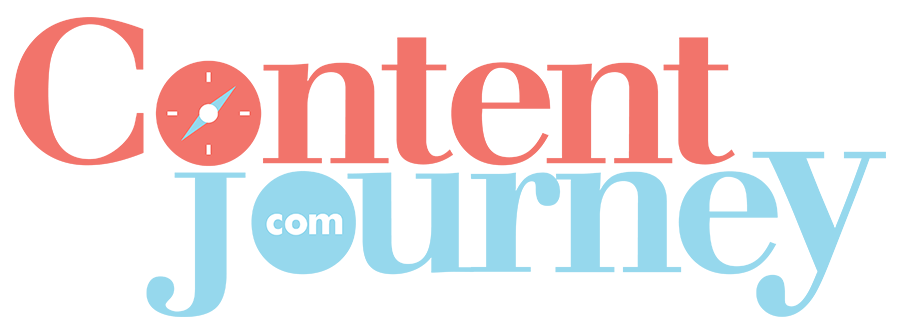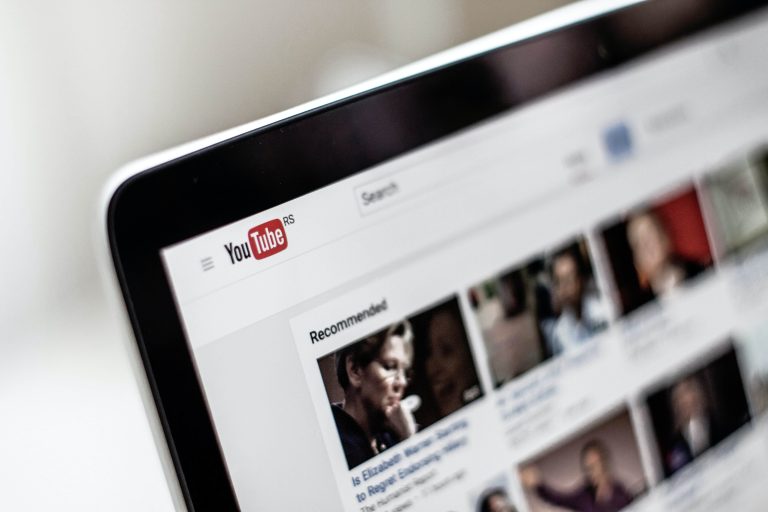What’s a Marketing Funnel?
There’s a lot to learn when it comes to marketing your business. What’s a marketing funnel? Do you need one? How can you get leads from your website to your email list and finally to clicking purchase?
That’s what a marketing funnel is all about. But before you jump in, make sure you know the stages of a marketing funnel and what you need to build yours.
What’s a Marketing Funnel?
A marketing funnel is a visual representation of the customer’s journey. It helps explain the path a customer takes from the beginning when they first become aware of a company all the way to the moment they make a purchase. While there are slightly different versions of the marketing funnel with various (sometimes more complex) stages, they all map the route of customer conversion.
But why is it called a funnel and not a path or map? Because an inverted cone best represents the pool of potential customers as a whole. At the top, where the funnel is the widest, is every potential customer aware of your company. Then, the funnel narrows as the pool gets smaller. Only the customers who remain at the end convert.
The Stages of a Marketing Funnel
The funnel is always the widest at the top and tapers to the bottom. Even though there are different marketing funnel models and sometimes the stages have unique names, these are the basic stages.
Awareness
The topmost, widest stage of the funnel, awareness, is when customers are drawn in through advertising and content marketing. You begin to establish trust with the customer by answering their questions in your content. You might think of this stage as the lead generation stage because it’s where you collect customer information, like their email address and any specific information that helps you put leads into specific email list segments.
Interest
After a customer becomes aware of a company, they move onto the interest stage. In this stage, they learn more about the company, its products or services, and the brand itself. Nurturing the relationship with the customer at this stage is crucial, and typically marketers do this with emails. You can nurture leads by sharing more targeted content for their specific interests.
Consideration
During the consideration stage, your leads become prospective customers. During this stage, you should keep sending targeted content to nurture the relationship, but it’s also a good idea to send more information about products and offers. Because these leads are now potential customers, they’re more interested in what you’re selling and more ripe for conversion.
Intent
In this stage, your potential customers demonstrate an interest in buying a product or service. Maybe this customer says they’re interested in what you’re selling in a survey, or they put a product in their shopping cart on your company’s website. It could even look like clicking a purchase link in an email without completing the purchase. As a marketer, it’s time to show your potential buyer why they should make that purchase.
Evaluation
In the evaluation stage, the buyer makes their final decision about purchasing. When customers are in this stage, it’s critical to show them that the products you offer are the best option, not your competitor’s. You can do this with case studies or testimonials. This stage is still about nurturing, but you focus on nurturing the decision-making process. Help your buyer choose this stage.
Purchase
In this final stage, the prospective customer becomes a customer, but the marketer’s job isn’t over. If the customer has a good experience, they will likely share it. Encourage them to post a review or share their experience on social media. These customers can refer new leads that feed into the top of your funnel.

The Benefits of Marketing Funnels
The funnel is wide at the top and narrow at the bottom because not all leads become customers, but don’t let that deter you.
Marketing funnels help you better understand customer behavior and give you information to tailor your marketing efforts to your leads. Here are some of the benefits of marketing funnels.
Provides Access to Data
Not all leads make it to the end of the funnel. But when you have a funnel, you can access data you don’t otherwise have. A marketing funnel report lets you see where you’re losing customers, so you can figure out what stage of the journey you need to fix.
When you have this information, you can use your time and energy on the right tasks. You can focus on the stages in your funnel that need work. It helps you adjust how you nurture leads or even which ones you nurture.
Simplifies the Customer Journey
A funnel simplifies the customer journey and makes it easier for your marketing team to know where a lead is in the funnel. When you know where a customer is in their journey, it’s much easier to proactively approach them with information.
Think about the stages of the funnel. If you know where a customer is in the funnel, you don’t have to reinvent the wheel every time you get a new lead. Instead, you’ve got nurture sequences ready to send to help move them toward becoming a customer.
Helps Sort and Rank Leads
Not all leads are the same. Some will become customers. Others will hang out at the top of the funnel for the rest of your relationship with them. How can you tell who is who? With a funnel.
The data you get from a marketing funnel can show you who will be ready to buy soon and who may need some attention before they click buy. Based on how those customers interact with your marketing, you’ll learn more about them, and you’ll be able to tell who will buy soon and who isn’t.
Streamlines Marketing
Marketing can be a lot. You know you need to maintain the content on your website. You know you need to have a newsletter. And social media can be a great way to reach out to new customers. You might be a little overwhelmed with everything you need to do to market your business.
But with a funnel, you always know what the next right move is for your business. Funnels keep you focused on actual leads with real data, so you aren’t stuck spinning your wheels trying to drum up new ideas. Plus, once you have a funnel in place, you can learn what your customers need at every stage and create assets ready to go when they are ready for them.
Higher ROI
It’s not all about data and the customer journey, though. Full-funnel strategies see up to 45% higher ROI and 7% increases in offline sales compared to marketing campaigns across a single purchase stage. So, a funnel is better for the bottom line overall. The key is investing in strategies, like content marketing, that bring new leads to the funnel and then using that content to nurture those leads continually.
How to Build a Marketing Funnel
At this point, you’re probably thinking about what a funnel would look like for your business and how you can implement one. Before you dive in, check out these tips to help you build a marketing funnel:
- Know Your Audience. When you know your audience, you can create content that attracts them to your website and get them into your funnel. Survey your current customers and look at your analytics to learn more about your audience.
- Identify Assets. Take stock of your lead magnets and content. How is it working for you, and where do you need it?
- Create New Content to Support Each Stage of Your Marketing Funnel. Make content to answer questions for each customer journey stage and create nurture sequences to help your customer get to know your brand.
- Track Data to Measure Impact. Pay attention to how your funnel performs and note what resonates with your customers and what doesn’t. Keep iterating until your funnel is working for you.
Need Help With Your Funnel?
A marketing funnel is an excellent way to better understand where your target customers are on their journey to becoming fans. It also helps you know what types of content to deliver to them and when. If you’re interested in guiding your customers through the marketing funnel, but need some help, contact Content Journey. From creating blog content to lead magnets, we’ve got your back.







